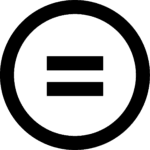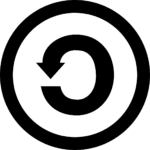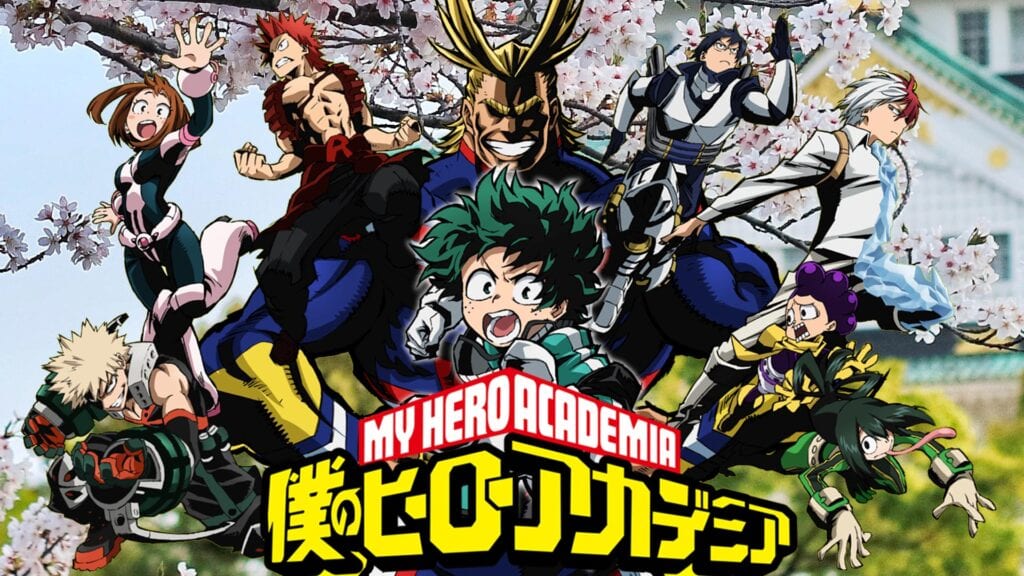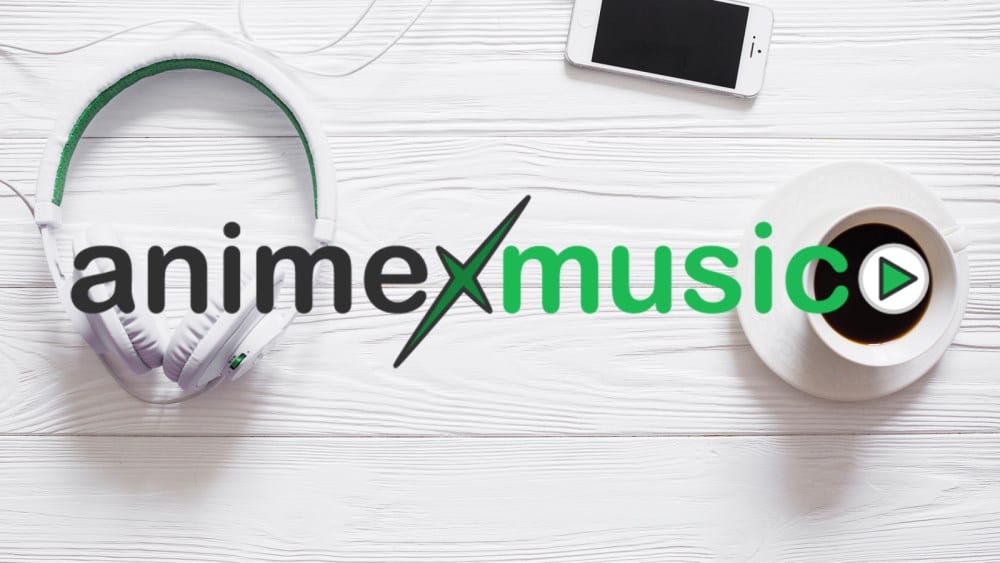Learn the Secret! Just What Is Royalty Free Music?

Royalty free music has been sweeping the world as of late. It’s used in Youtube videos, Twitch streams, advertisements, promotional events, and more. Just one question: what is royalty free music. Read on below to find the answer!
Is Royalty Free Music Free?
I wish I could answer this in a simple way but, unfortunately, it’s way more complicated than that. This isn’t a yes or no question like some people believe. The true answer is…it depends. Sometimes it is, and sometimes it isn’t. That’s where many people make a grave mistake. They assume that because a song says it’s “royalty free” means that it’s also “non copyright” and that they can take it and use it in whatever manner they see fit. However, in many cases, this couldn’t be farther from the truth. These are two separate terms with two very different meanings, but the confusion arises because some royalty free music is actually free. Like I said before, it’s complicated. How complicated? This complicated:


Yikes! Not so simple, huh? Give it a good look for now and remember it, then, once you’ve finished reading the article, you might want to look at it again with your newfound knowledge. For now, you probably have no idea what all of it means, but just sit back, relax, read on, and you’ll be a pro in no time.
What's the Difference Between "Royalty Free" and "Non Copyright"?
- A ton of people confuse these terms. Let me clear things up. You see, it’s all about licenses.
A royalty free license is a type of licensing method that simplifies the already convoluted nature of music licensing by making it so that someone who wants to use a song doesn’t need to negotiate licensing fees with Performance Rights Organizations (PROs) such as ASCAP or JASRAC. Instead they simply buy the music license upfront, much as you would buy a song from the store. It also gives the purchaser the right to use copyrighted music without the need to pay royalties each time the copyrighted music is “publicly performed”. Non copyrighted music, on the other hand, has no licensing or rights protection at all. Also, a song does not need to be registered to be copyrighted, although registration does come with some benefits. Every song or other creative work is born with a copyright without requiring any additional steps from the creator. Let’s summarize the definitions and give some examples:
Royalty Free Music:
- means “free of royalties” and is the opposite of “Protected Rights” or “Managed Rights”.
- refers to a type of music license that allows someone to pay once for the license to use copyrighted music for as long as they please.
- Example: You purchase a song for $6 and then you use it in a YouTube video that gets 10,000 views. You paid $6 to make $100 for a profit of $94. You will never have to pay any extra.
Royalties:
- are payments to the copyright owner(s) that occur over and over each time the song is used, rather than just a one time payment.
- are common in traditional protected or managed music licensing schemes.
- Example: You license a managed copyrighted song and pay a typical 20% royalty. If you just used it in a YouTube video that reached 10,000 views, you’d still get $100, but you’d have to pay 20% or $20, for a profit of $80. The more you earn, the more royalties you’ll have to pay.
Non Copyrighted Music:
- is not protected by copyright.
- any person can use, perform, or sell the song, since it is not registered under copyright laws.
One of the reasons that royalty free music and copyright have become such a hot topic is because of the ever growing popularity of YouTube. YouTube is home to royalty free music, but it is also home to the devastatingly effective Content ID system, which automatically flags your video to either have it’s audio removed, have ads placed on the video that pay the song creator, or removes your video entirely. It can result in you receiving what is known as a “copyright strike“. After three copyright strikes your channel will be removed. Sadly, this happens to countless would-be YouTube video creators who don’t know their way around copyright law.
I hope I’ve helped you understand royalty free music more clearly, and I also think I’ve made it clear why many companies and individuals, such as YouTube creators, and business owners opt for royalty free music. They get the music rights upfront without having to worry about anything later.
But What About Free Royalty Free Music?
Of course you caught that part! Well, like I said: there’s paid royalty free music and then there’s free royalty free music. Also, like I said: it’s all about licenses. Typically, the artist who composes the music also decides what type of license it will have. Each license also has a different icon associated with it.
Types of Licenses for Free Royalty Free Music




Public Domain Music
Public domain music includes all works that are not protected by copyright and, as a result, can be used without acquiring permission from or having to pay the original artist.
This is the music that many people are looking for when they think “royalty free music”. This music can be copied, distributed, altered, adapted, interpreted, and displayed completely for free. Basically, just by being born, everyone owns the rights to this type of music.
However, like everything else, even public domain music isn’t that simple in its rules. For example: the recording of an altered, adapted, or otherwise uniquely interpreted version of the song can be copyrighted. Why? Because in music copyright laws, there are two parts: the composition of the song (note arrangement, melody, etc.), and the actual recording of the song itself.
In most parts of the world, copyright can expires anywhere from 50 – 70 years to the lifetime of the author plus an additional 95 – 120 years, unless it is renewed. In theory, it can be renewed indefinitely. This is why companies can sell well-known classical music and other types of public domain music. The songs are so old that they have escaped copyright. Companies can create their own originally played recordings of the song, and sell their version. In fact, you can too. Anyone can! You could record yourself playing a public domain song on the guitar, piano, etc. and sell the recording for profit. Do note that you own only that particular recording. The composition itself is still public property.
Public domain music falls here on the copyright chart:


Many record and internet companies take advantage of this method and create original recordings of these non copyrighted, public, pre-made, and popular songs and then selling their own original copyrighted recordings under a different license, such as royalty free or managed. These companies may even distribute the recordings under the next license type on our list.


Creative Commons
Music that is protected by a free license comes in many forms. You can find a list of many other free license types here, but the most popular of these is Creative Commons. The main difference with free licenses is that the author of the work has decided not to enforce strict copyright and instead establishes their own set of rules and limitations for the reproduction, distribution, alteration, copying, etc. of their work.
The most common rule that is used on this type of music is the rule of attribution. This simply means that we will be attributing the music to the author by mentioning the original author’s name and any other required information that they define in their free license rules for letting you use their music for free. This can be done using a line similar to this:
Netherworld Shanty Kevin MacLeod (incompetech.com)
Licensed under Creative Commons: By Attribution 3.0 License
http://creativecommons.org/licenses/by/3.0/
or this:
Netherworld Shanty, from Kevin MacLeod (incompetech.com)
is under a Creative Commons license (Creative Commons – International Recognition 3/0 CC BY)
That’s what our attribution might look like if we freely downloaded a Creative Commons song called Netherworld Shanty that was created by Kevin MacLeod. It may look like gibberish, but let me explain. Like I said, Creative Commons licenses allow the artist to set the conditions others must abide by in order to freely use their work.
Here are the 4 potential conditions of a Creative Commons license:








Attribution:
- In any use of the work, however minor, you must recognize and mention the author.
Non-commercial:
- The use of the work is limited to non-commercial uses.
- No profit can be made with it, and it cannot be used within a product that is to be sold.
No Derivatives:
- The license to use the work for free does not include the ability to alter or adapt the work in any way to create a derivative work.
Share-alike:
- The license to use the work for free does include the ability to alter or adapt the work to create derivative works if they maintain the same license disclosure as the original.
These conditions can be mixed and matched, forming a total of 6 possible unique licenses. Here are the 6 CC (Creative Commons) licenses in order of least conditions to the most conditions:
CC BY:
- This license requires anyone who uses the copyrighted work to properly attribute the work to its creator, as was shown above.
- If supplied by the copyright owner, copyright notices, a reference to the CC license (preferably as a link to the CC website), a disclaimer of warranty and liability, a disclaimer of warranty and liability as well as a link to the source must be used in the attribution. The copyright owner can also request the removal of these things, if they are already present.
- If the work has been altered or adapted in any way, these changes must also be made clear in the attribution.
- You must not create the impression that your use of the copyrighted work is in any way endorsed by those mentioned in the attribution.
- This is the simplest form of Creative Commons license. All other Creative Commons licenses carry these rules in addition to their own unique rules.
While the CC BY license simply uses the “attribution” condition, the rest of the Creative Commons licenses are just combinations of that same condition with one or more of the other conditions. Here are the combinations that make up the remaining 5 Creative Commons licenses:
CC BY-SA: Attribution (BY) + Share-alike (SA)
CC BY-ND: Attribution (BY) + No Derivatives (ND)
CC BY-NC: Attribution (BY) + Non-commercial (NC)
CC BY-NC-SA: Attribution (BY) + Non-commercial (NC) + Share-alike (SA)
CC BY-NC-ND: Attribution (BY) + Non-commercial (NC) + No Derivatives (ND)
Now, we’ve just seen the Creative Commons area of the copyright chart:


Many people believe that, as long as they credit the author and don’t sell the work for profit, they are free to use copyrighted work. However, these are only the conditions of a CC BY-NC license.
Another common belief people have is the belief that by changing the work, it becomes original, and they are free to use the work however they wish. Unfortunately, altered or adapted work can still fall under the copyright of the original author. In fact, if the copyrighted work was under a license with the “no derivatives” condition, such as a CC BY-ND license, those very changes would actually be the cause of you violating the license and committing copyright infringement.
For these reasons and more, it is up to you to read, determine, and comprehend the licensing structure of any copyrighted work that you wish to use before using the copyrighted work.
With that, we’ve wrapped up our discussion on free royalty free music. Now, we’ll be moving on to paid royalty free music.
Types of Licenses for Paid Royalty Free Music
Before we get into this, you may be wondering just why exactly anyone would pay for royalty free music when they can get free royalty free music. Well, a few reasons are:
- They don’t want to follow any rules, such as the conditions that they would have to follow in Creative Commons licenses. They just want to be able to use the music, no questions asked.
- While not always the case, paid music is often higher quality than free music. As is often the case, you get what you pay for.
- Because attribution would be difficult or impossible, such as when playing the song in a live or public setting, or on the radio or television.
- Because an artist can change the license on their song at will. However, since paid royalty free music involves a legal agreement, it cannot be changed so easily. This protects you from any license changes not mentioned in the agreement.
The rules for paid royalty free music are a little less standardized than something like Creative Commons, because while Creative Commons is a global standard, paid royalty free licenses are created as legal contracts that vary from company to company. Because of this, the best advice when dealing with paid royalty free music companies is to read the license terms on the website where you are buying the music before agreeing to the terms. However, there are a few common payment structures in paid royalty free licenses such as a payment based on:
- the size of the audience that will be reached by the project (advertisement, video, event, etc.)
- how the music will be used or distributed, such as in physical or downloadable products, commercial or non-commercial
- the type of project it will be featured in such as a movie, radio broadcast, or television show.
- how many projects it will be used in
- how long the music will be licensed for
As such, paid royalty free music is, in fact, copyrighted music. Ironically enough, this is the opposite of what many people are looking for when they search for royalty free music. However, if you’re still with me and you actually are looking for royalty free music, I do have some suggestions. There are companies that offer huge selections of royalty free music that can be paid for individually or through a monthly subscription fee. We’ve taken the time to put together a list of the best royalty free music marketplaces, free royalty free music databases, and royalty free music monthly subscription services that you can try out.
While we’re on the subject, did you know that many businesses pay streaming services like Soundtrack Your Brand, to play copyrighted music at their locations because it is considered a “public performance” of copyrighted songs. That’s right, when you visit to the mall, and hear your favorite song playing, know that even they have to navigate the same copyright laws that you’ve learned here. We do too, in fact. That said, I sincerely hope that you can go forth and confidently navigate the world of royalty free music, using the knowledge and tools you’ve gained from this article.
We’ll go more in depth on the best places to find free, paid, and subscription royalty free music soon. Stay tuned!
Do you have any other questions about royalty free music? Did the article help you out? Are there any places that you like to go to find royalty free music? Let us know below in the comments!





Responses